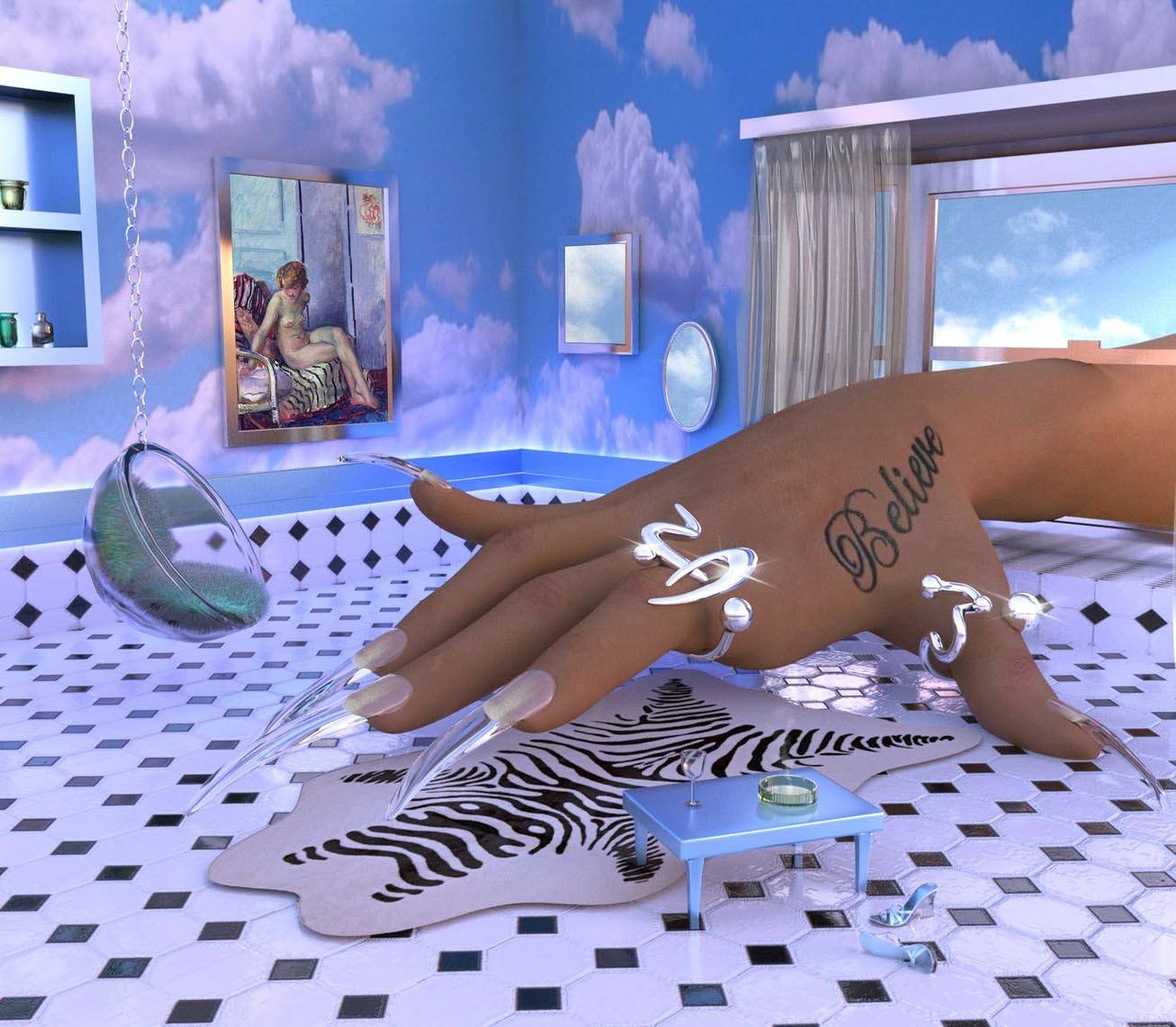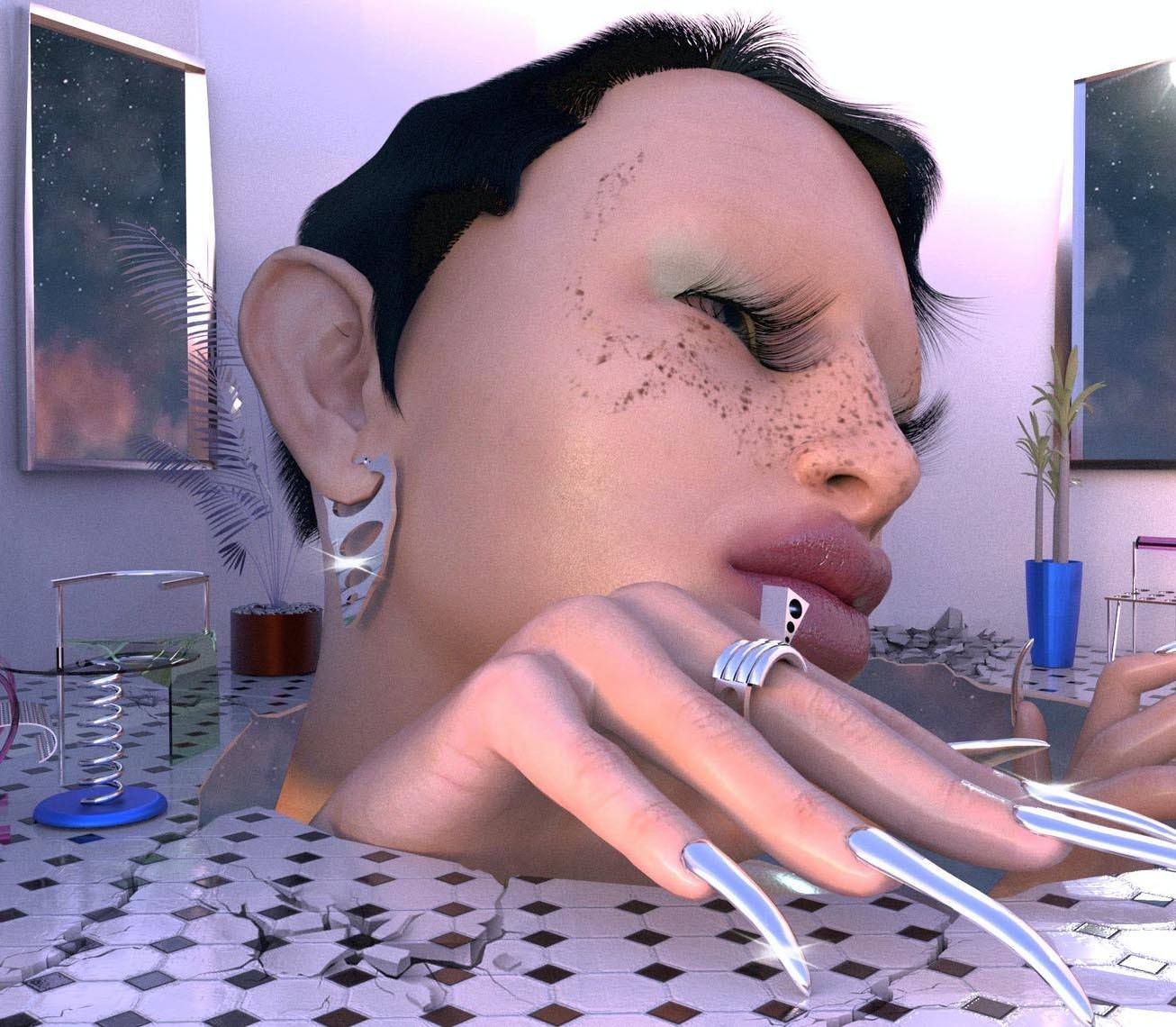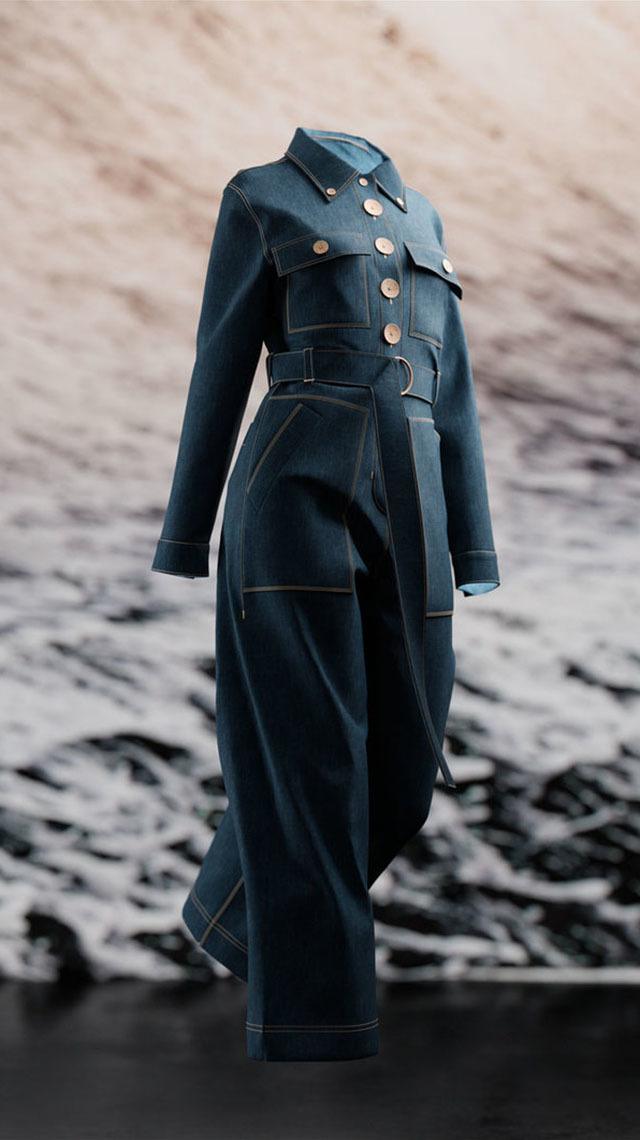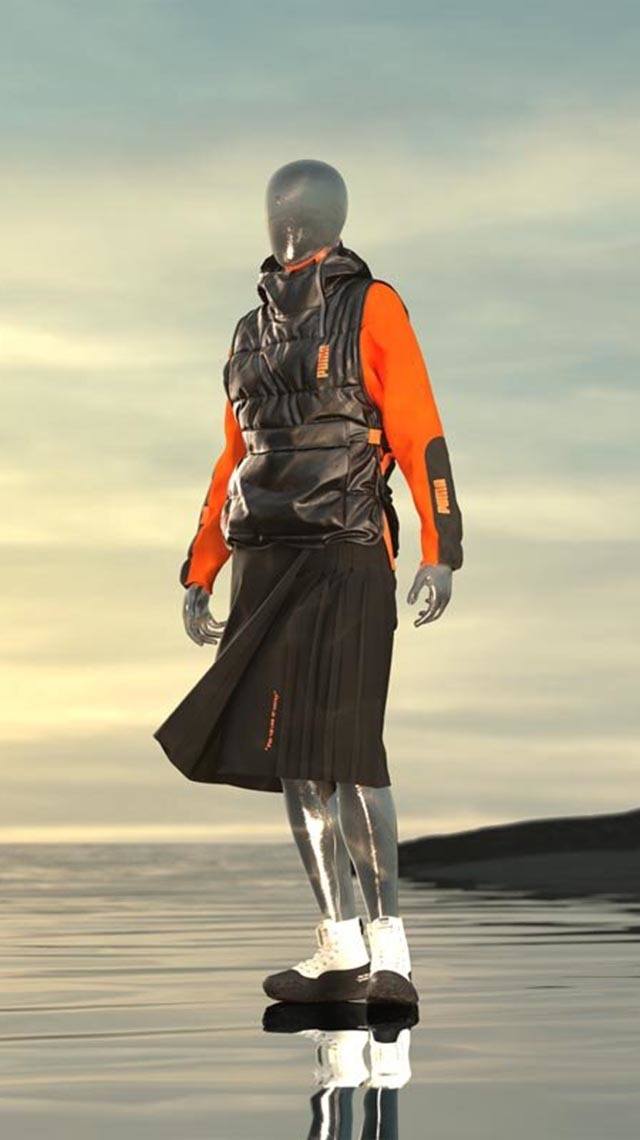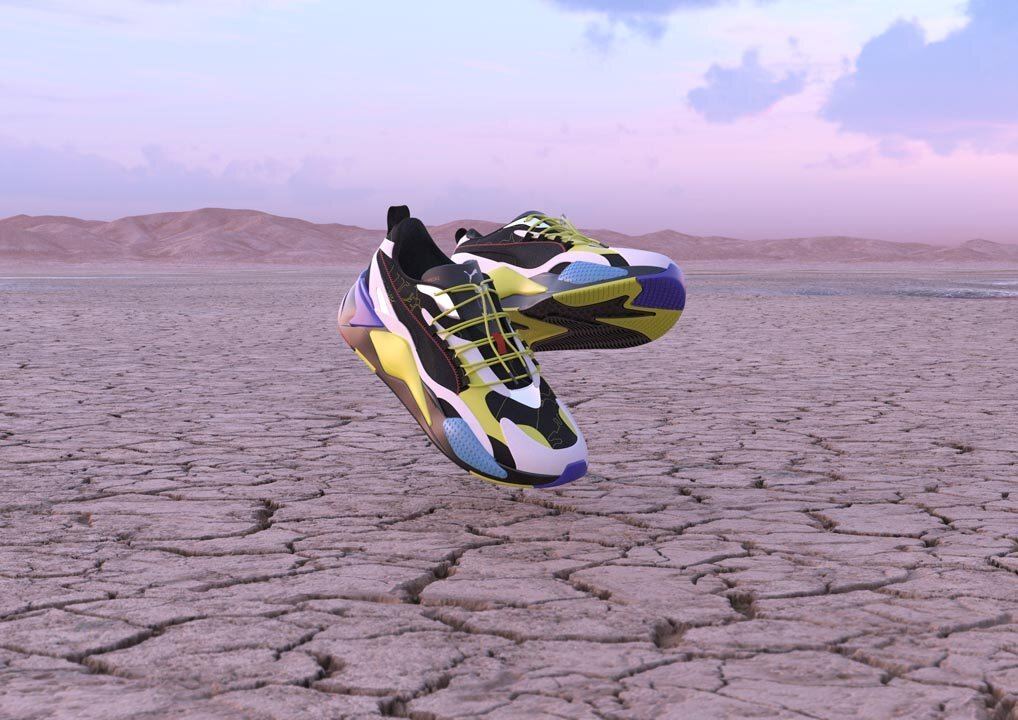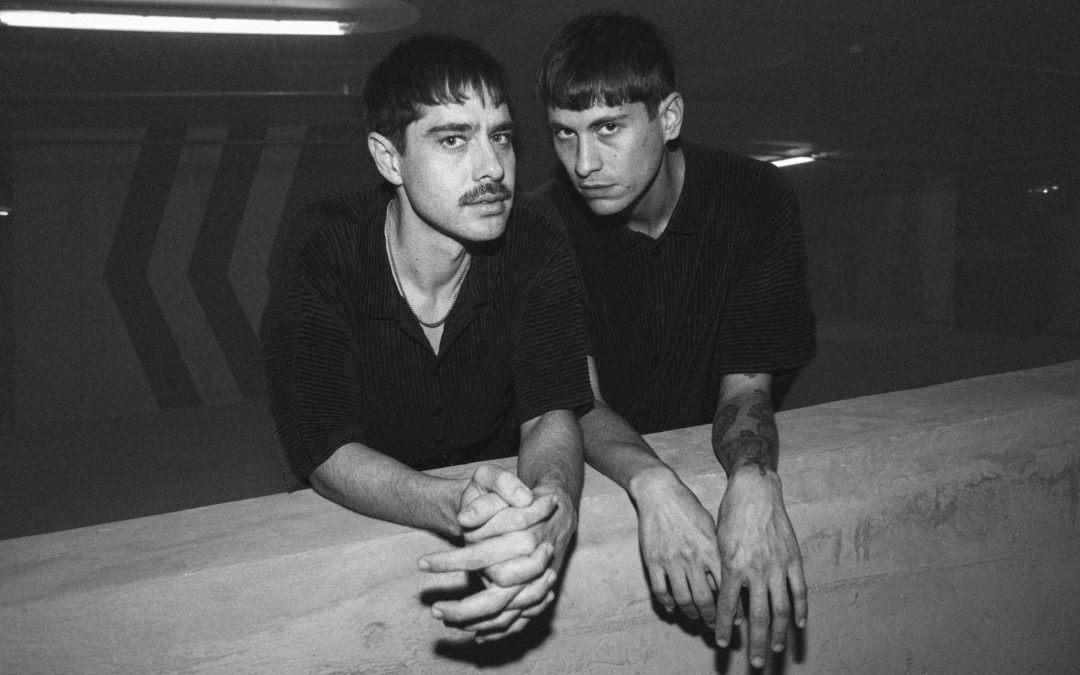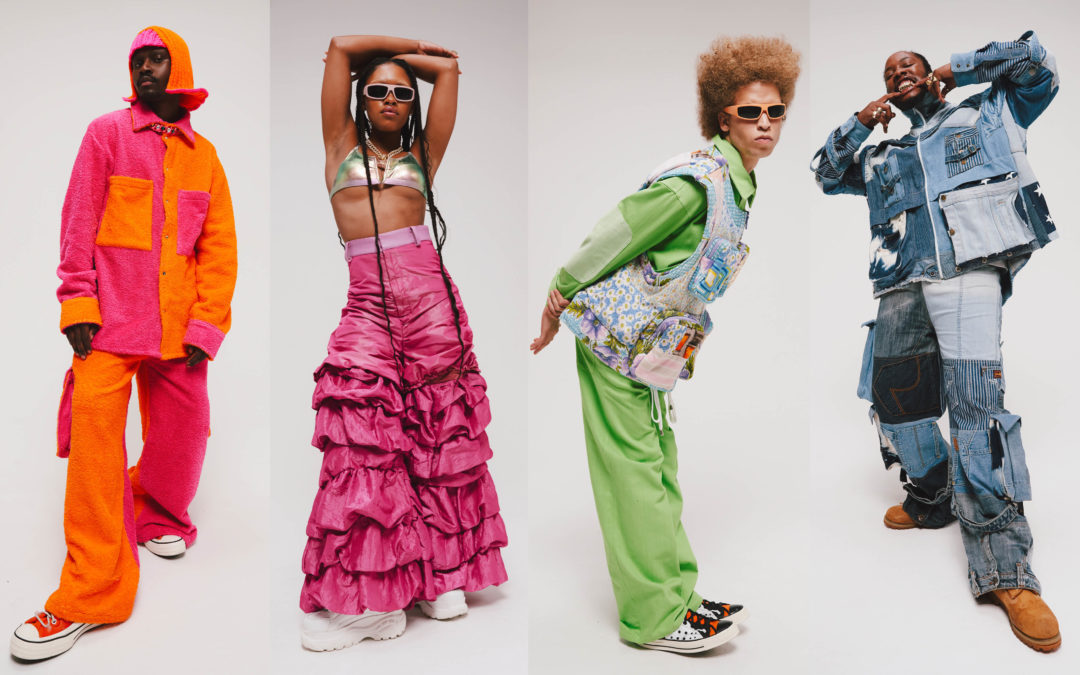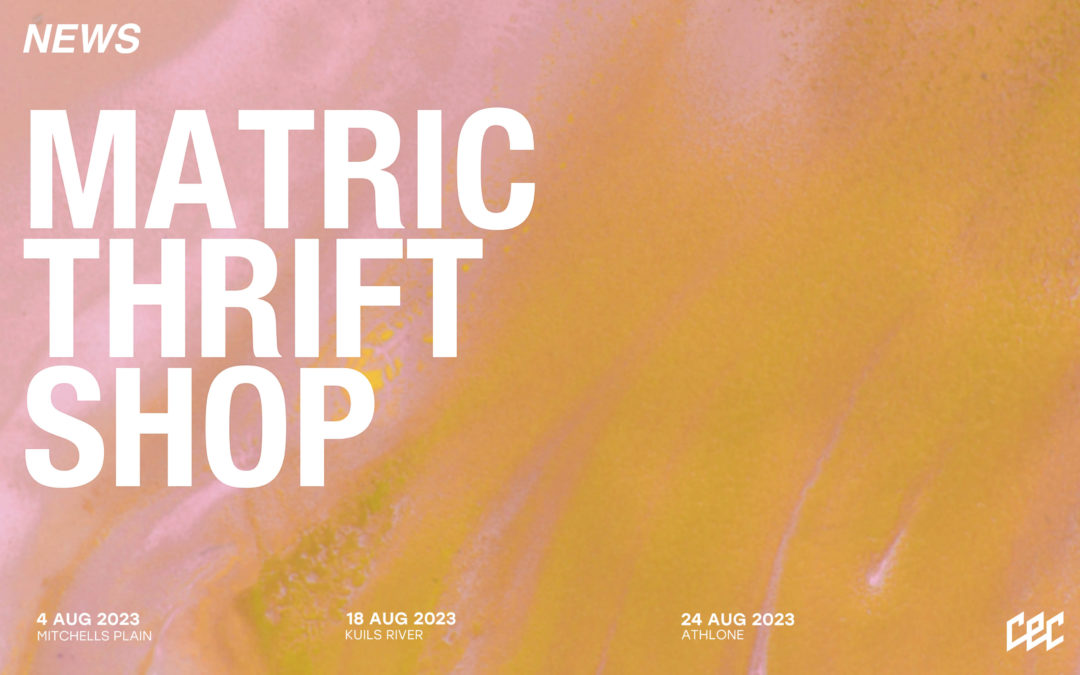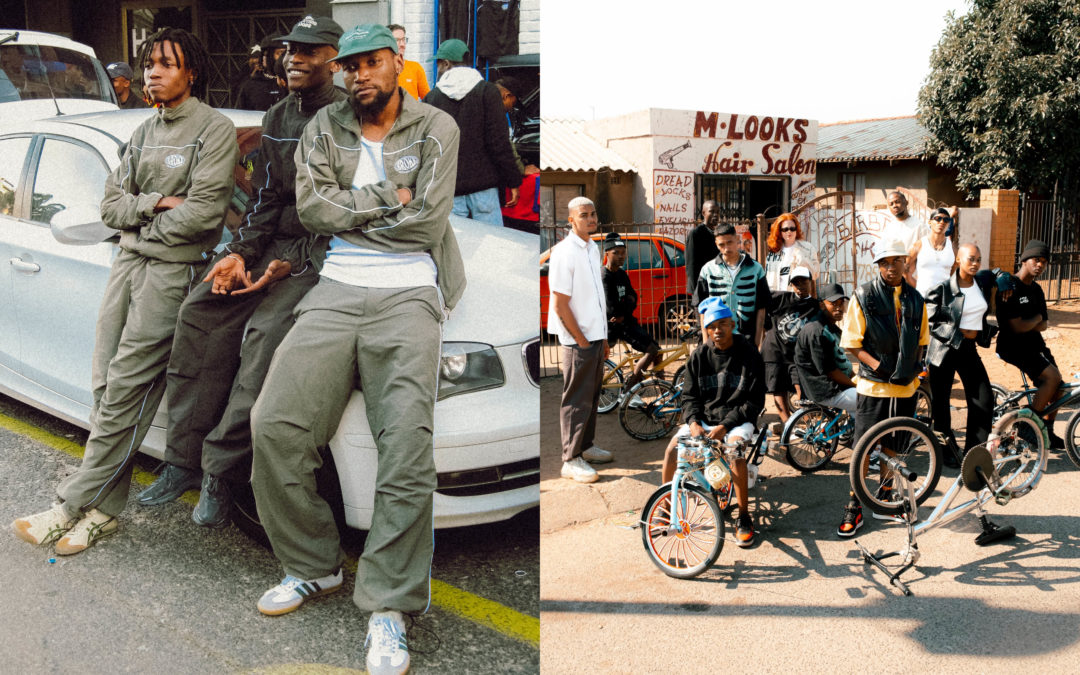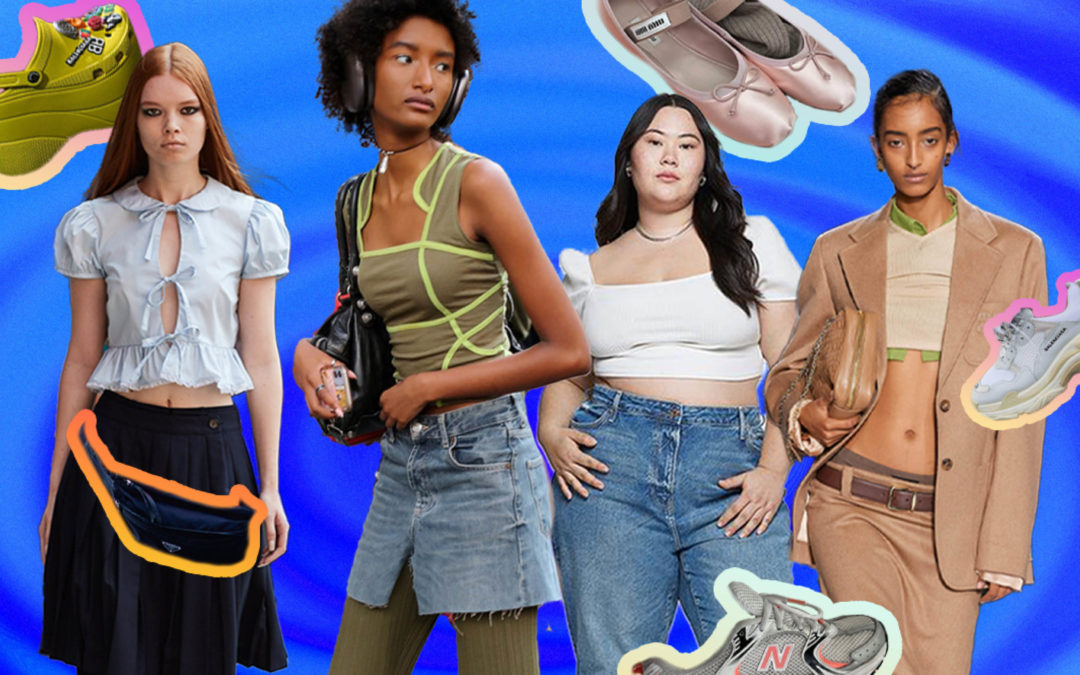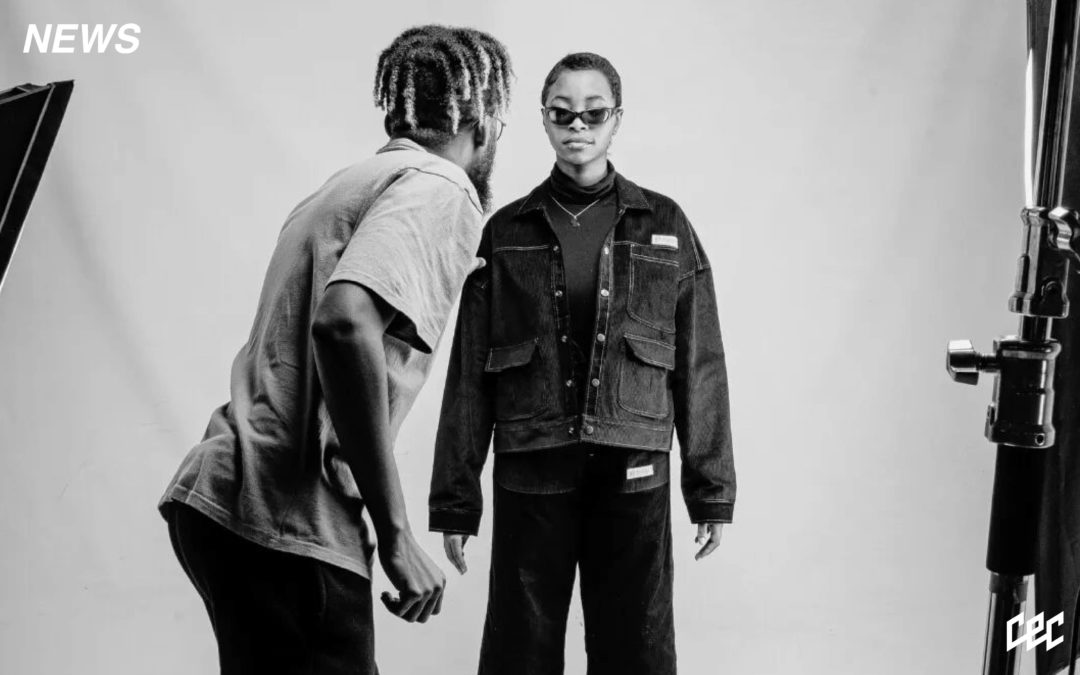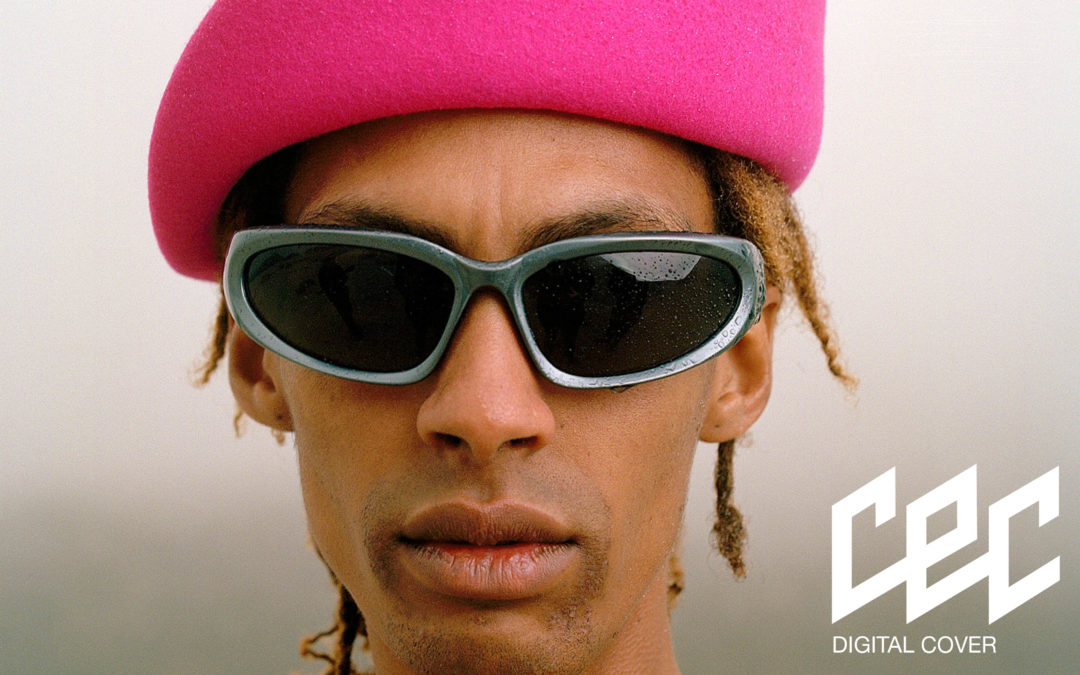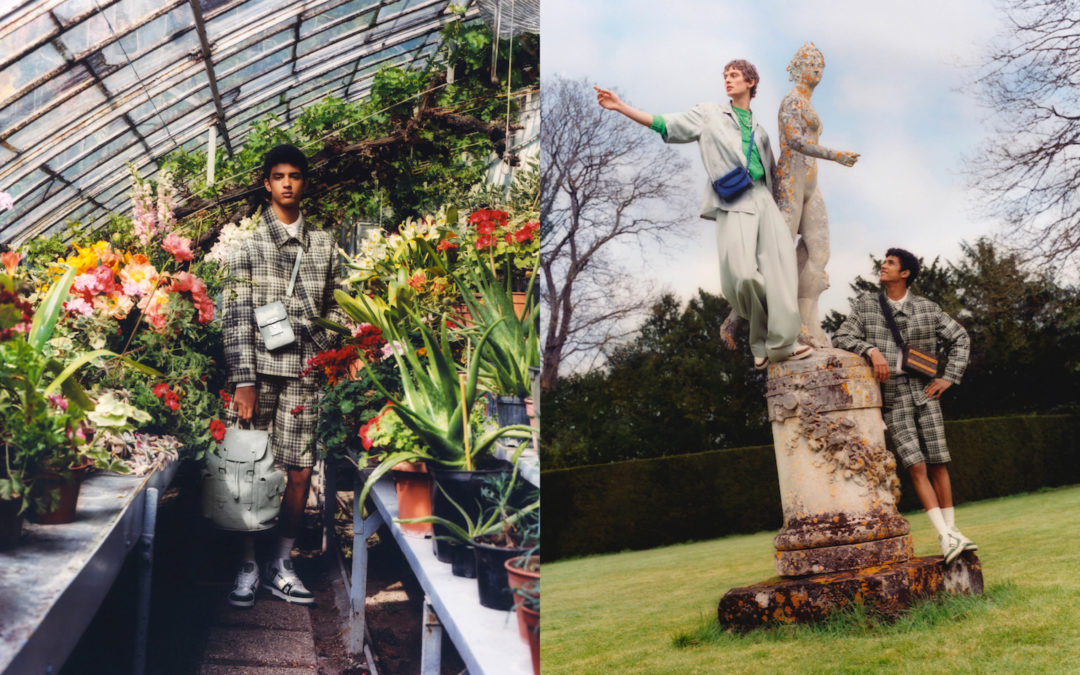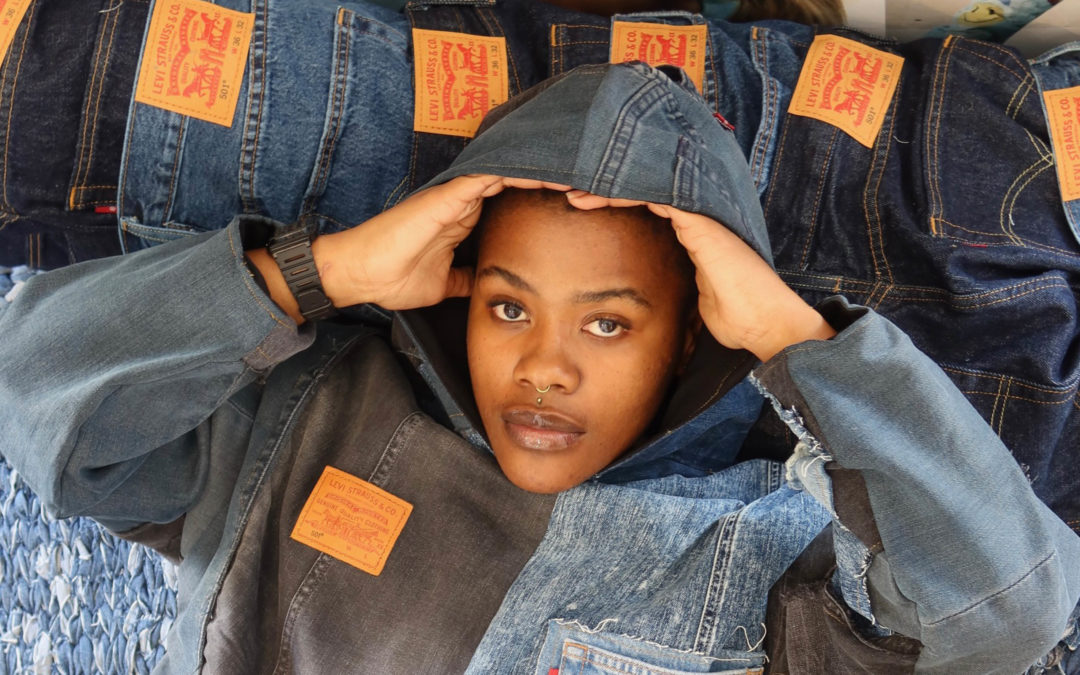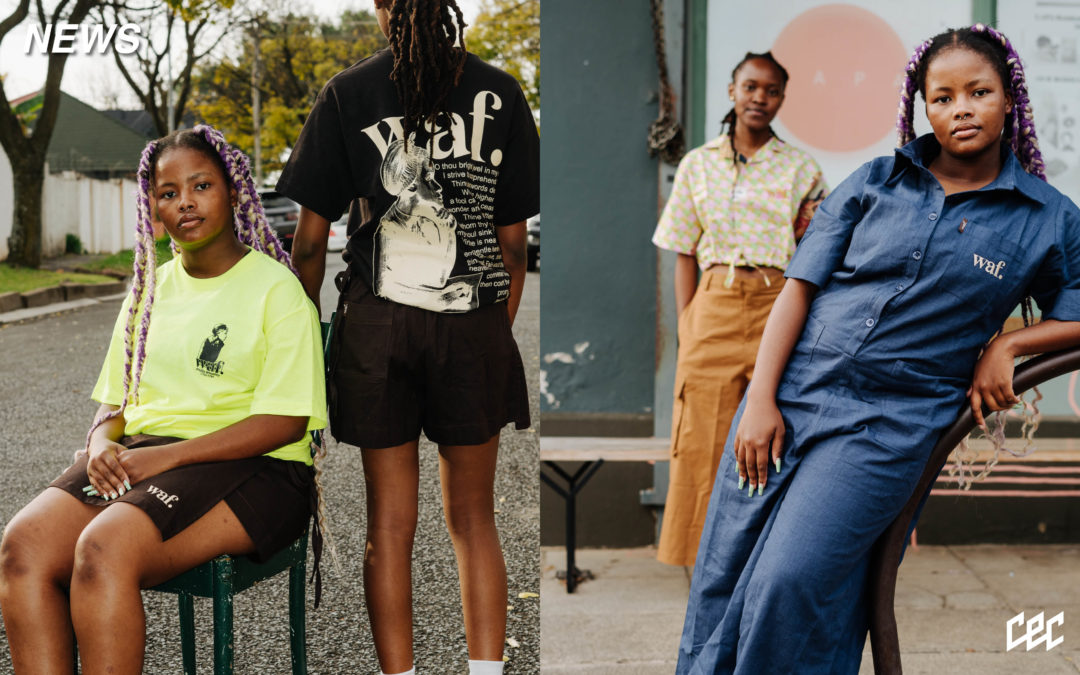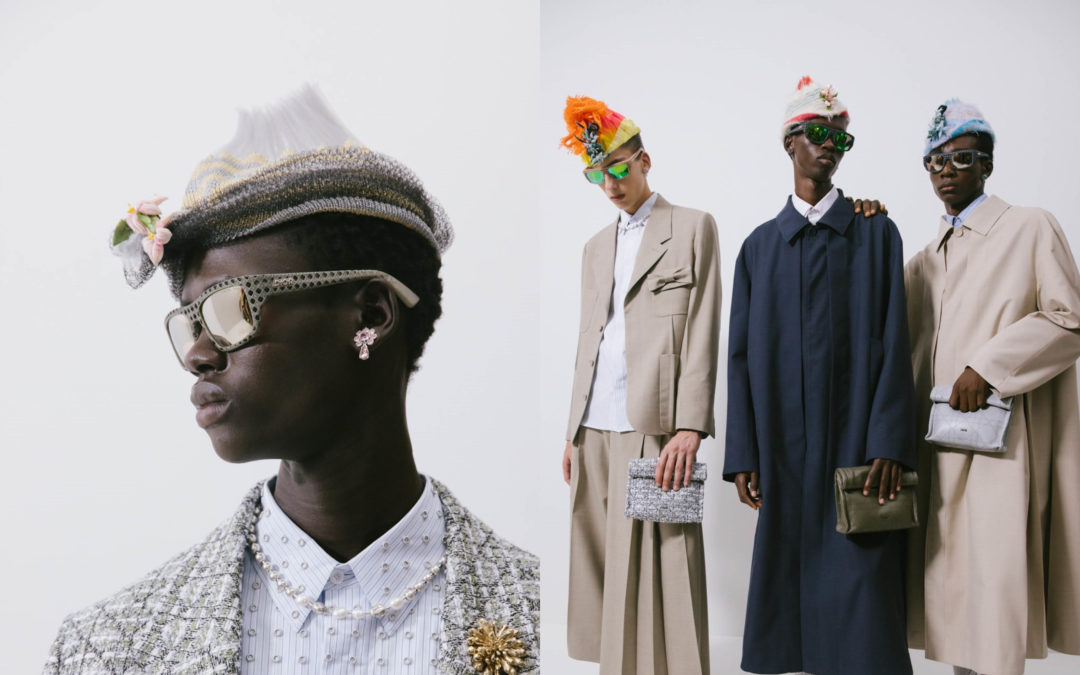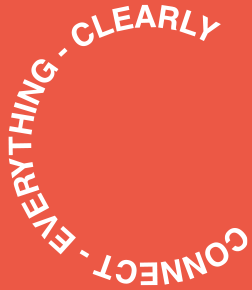I have grown increasingly suspicious of our acceleration towards the ever-narrowing distance between ourselves and the advancements in technology. Growing up, I was at the late stage of cell phones as commonplace tools for kids – receiving a bright yellow Nokia 5110 when I was 12 handed down by my grandfather, used strictly for playing Snake and contacting my mom. Even in the years ensuing, rapid acceleration took place and in high school everyone had Blackberrys – and here we are now, smartphones and social media lives in full swing. It’s almost incomprehensible to imagine our lives without technology; bouts of load-shedding in South Africa are a regular reminder of this, and thinking of the world continuing to push on without the internet or Zoom during the pandemic is difficult. When Zuck rebranded Facebook as “Meta” in 2021 – I was struck by how much fear overcame me, and how many preconceived notions I had built up around our integration with technology. In the case of fashion, imagining it existing beyond a tactical and tangible sense seemed strange; and I found myself at a cross-road. Either, I could continue to run this story that digital fashion is just an aesthetic pull from the coded void, or I could surrender to the fact that in order to engage with human reality in its pursuit, I would need to at least critically investigate and prioritize learning about this movement in order for my opinions to hold any weight.
This brings us to Chapter 03 of Interlude – a quarterly, equinoctial benchmark that is intended as a beginner’s guide to digital fashion. In presenting both the motivations for digital fashion, and the criticisms – I encourage anyone reading this to form their own stance. Mine is yet to be fully formed – and the beauty of stances or opinions is that they are fluid, and should continue to develop and shift along with one’s own experiential understandings. We need not abide by one fixed idea if that idea stands to flow along with us in a meaningful way. The emphasis of this edition is the term “beginner” – as I am a beginner in the realm of digital fashion, and thus can only offer a rough roadmap of some things to consider and research, should you wish.
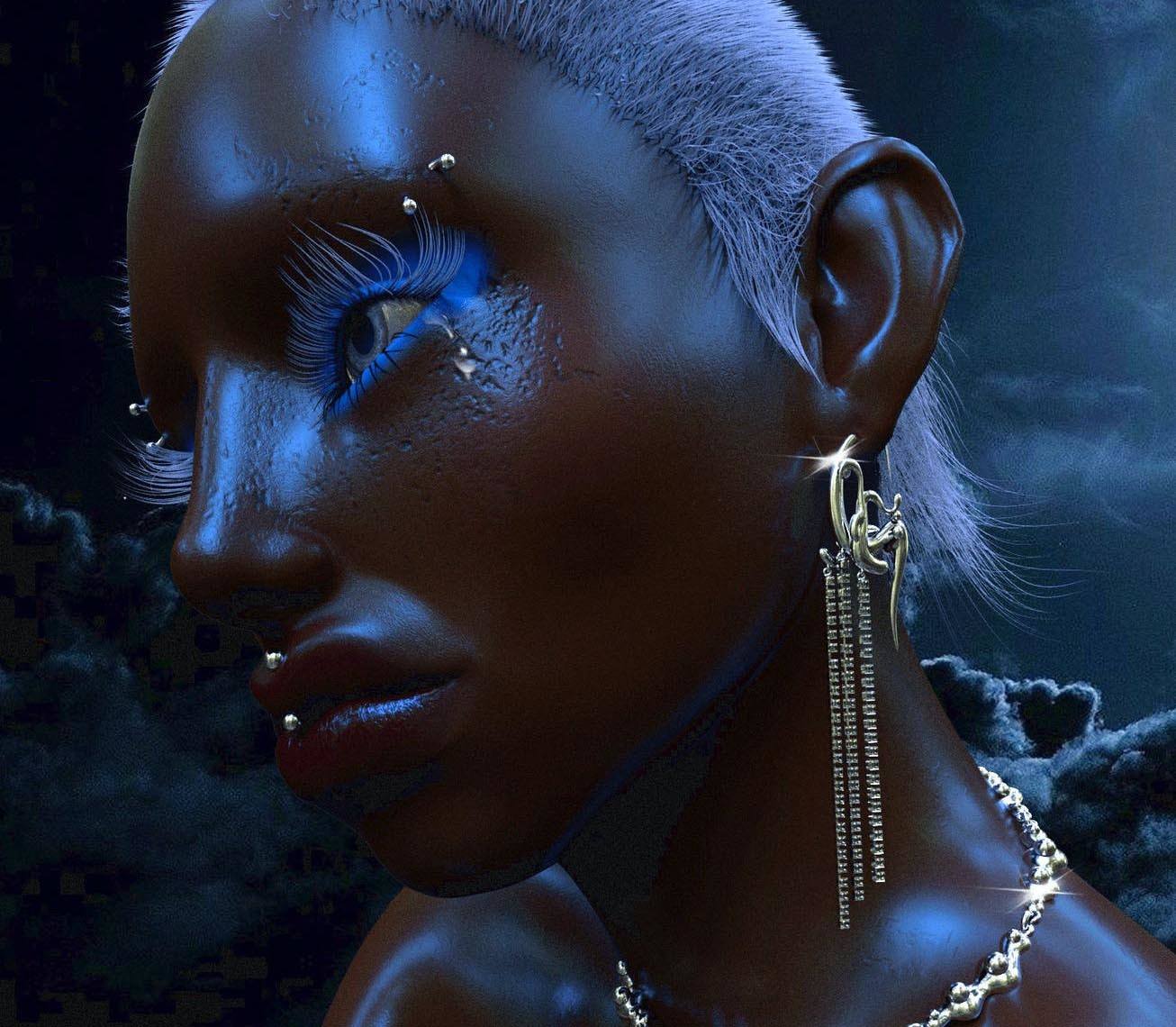
Digital fashion is any visual representation or rendering of clothing/style or sartorial expression that has been produced using 3D software or computer tech. In many ways – digital fashion is not new, it is an inherent aspect of the gaming community and even my own obsession with dressing my Sims (1, 2 and 3 versions) as a kid was a kind of digital fashion. I see Final Fantasy – the Japanese science-fantasy role-playing video game – as an original example of the kind of expressive possibilities there are with 3D garment fashion, with designer Ayumi Namae’s particular ability to synthesize cultural, mythical and functional dress for characters that enrich the game’s overall play for users. For anyone in fashion school, CAD is a very familiar transition that has been implemented into the taught design process – the computerization of flat sketching using software programs that incorporate both the creative and technical requirements for drawing clothing intended for production.
Digital fashion within a 3D sense furthers this computerization by offering a virtual “fitting” – and programs such as Marvelous Designer allow users to take a 2D flat pattern and figure it out on screen, which can then be draped, shaded and textured onto a 3D body. While fashion students around the world compromise collections and even mock-up patterns due to a lack of access or funds to certain fabrics, this frontier of design offers a solution to retaining unbridled creativity within the digital realm while minimizing fabric waste. Purists could argue that this is the very nature of the initiation process for a designer; brilliance tested by resource constraints or the simple trial error that mock-ups offer in refining silhouettes and form. While the latter is tentatively true, fashion as an industry may have to forgo its traditional expectations given the exceeding ecological and social damage it perpetuates, top to bottom – from couture to fast fashion.
This brings us to another, newer aspect of digital fashion – its rising economic component, driven by a popularization of crypto-currency, NFTs and virtual reality. Most of us, with the access needed to engage (a conversation entirely on its own), have a virtual extension of ourselves in the form of social media. Starting with my Facebook account, to my Tumblr blog as a teenager, to my Instagram – I have spent years both exploring and curating my aesthetic interests and personality. These online spaces serve as a representation of who we are, and who we wish to be – and the truth of both being somewhere in the middle. One of the leading platforms in digital fashion is The Fabricant, the first professed “Digital Fashion House” that creates and sells exclusively virtual clothing – partnering with brands such as Puma and Buffalo London to conceptual pieces entirely for digital use. Part of their manifesto states, “Our work exists beyond
the current concepts of catwalks, photographers, studios and sample sizes. For The Fabricant, imagination is our only atelier, and our fashion stories are free from the constraints of the material world.” This is a compelling case for digital fashion – yet all too often material constraints are emphasized, and I wonder that given its infancy, perhaps digital fashion could serve to shift some of the violent ways in which physical fashion is created, distributed and marketed. If we could build worlds that were totally imagined – a playground for expression – surely we need to ensure that there are ethical considerations to be had and implemented, such as inclusivity and accessibility for race, gender and socio-economic diversity? With the gap inextricable between the rich and poor growing with immense force, it feels imperative that our viewpoints and perspectives in the global south are forged – in all things, but in this case the digitization of reality.
Evelyn Mora is the founder of Helsinki Fashion Week – the most sustainable fashion week recorded to date – and after realising a fashion show could never be truly sustainable, she ventured into creating a digitized fashion world, Digital Village, that serves as a virtual community centre in the pursuit of knowledge sharing around tech intermixed with sartorial expression and celebration. Evelyn enlisted Normative to create a report analyzing the measured sustainability of the two – and it was shown that the carbon footprint of Helsinki Fashion Week per visitor dropped from 137 kg to 0.66 kg carbon dioxide equivalent after switching to a purely digital format in 2020. While this does not mean digital fashion shows are better – remember, powering technology such as blockchain and computers extract
immense amounts of energy – this does offer some insight into what we might expect going forward. The pandemic saw almost the entire fashion season of 2020 and the beginning of 2021 go fully online – with many of us around the world being privy to a real-time view of the runways, previously afforded to us either afterwards or even in the form of stills only. Recently, designer Rich Mnisi showed us what is possible for campaigns and editorials with his recent collection, JAMES, employing 3D artist Scumboy to build both a virtual landscape and render a Rich Mnisi dress into a virtual format. What resulted was an exceptional and visceral world unique to Rich Mnisi – and this plays deeply into the shift we have seen in fashion for brands to truly tell a story while creating products.
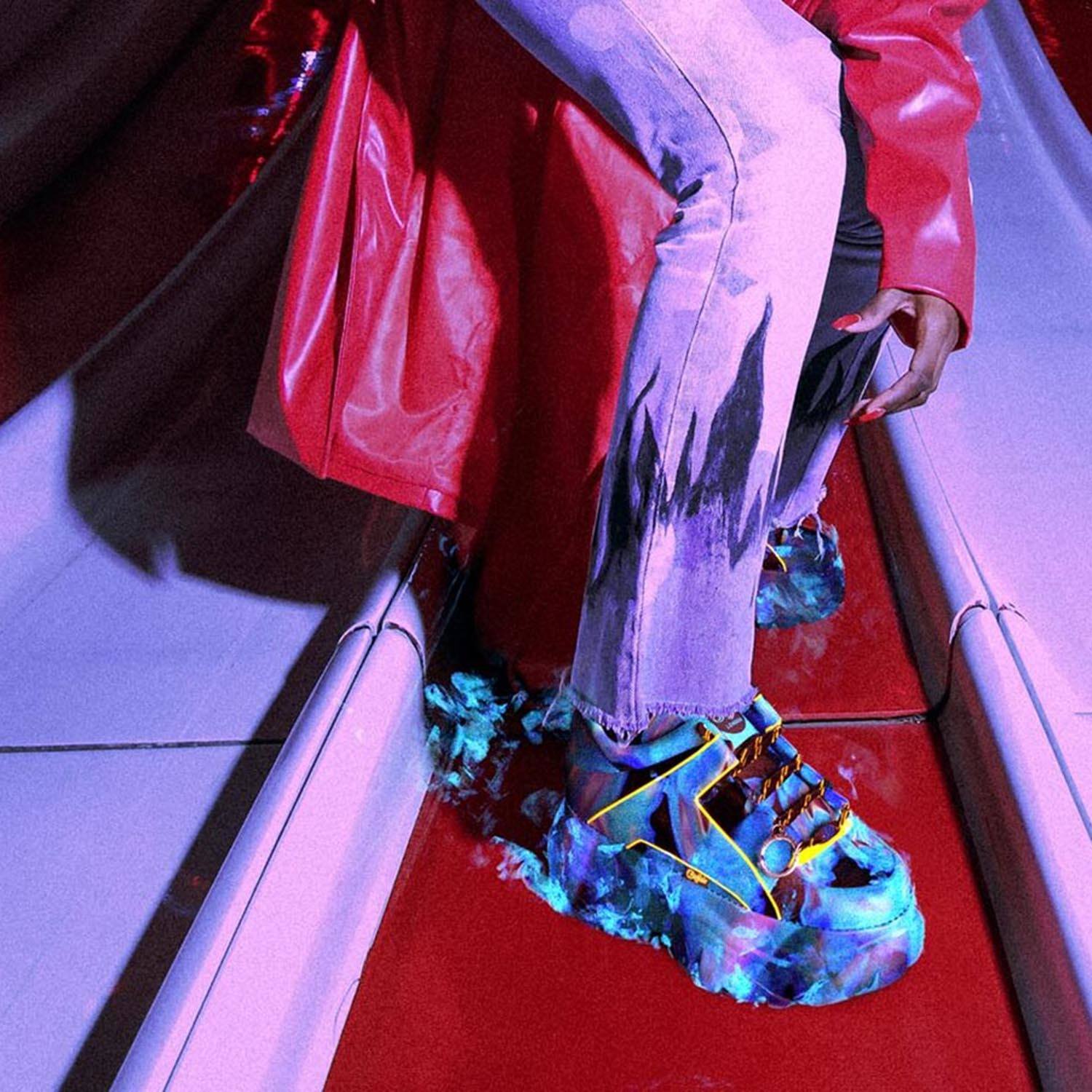
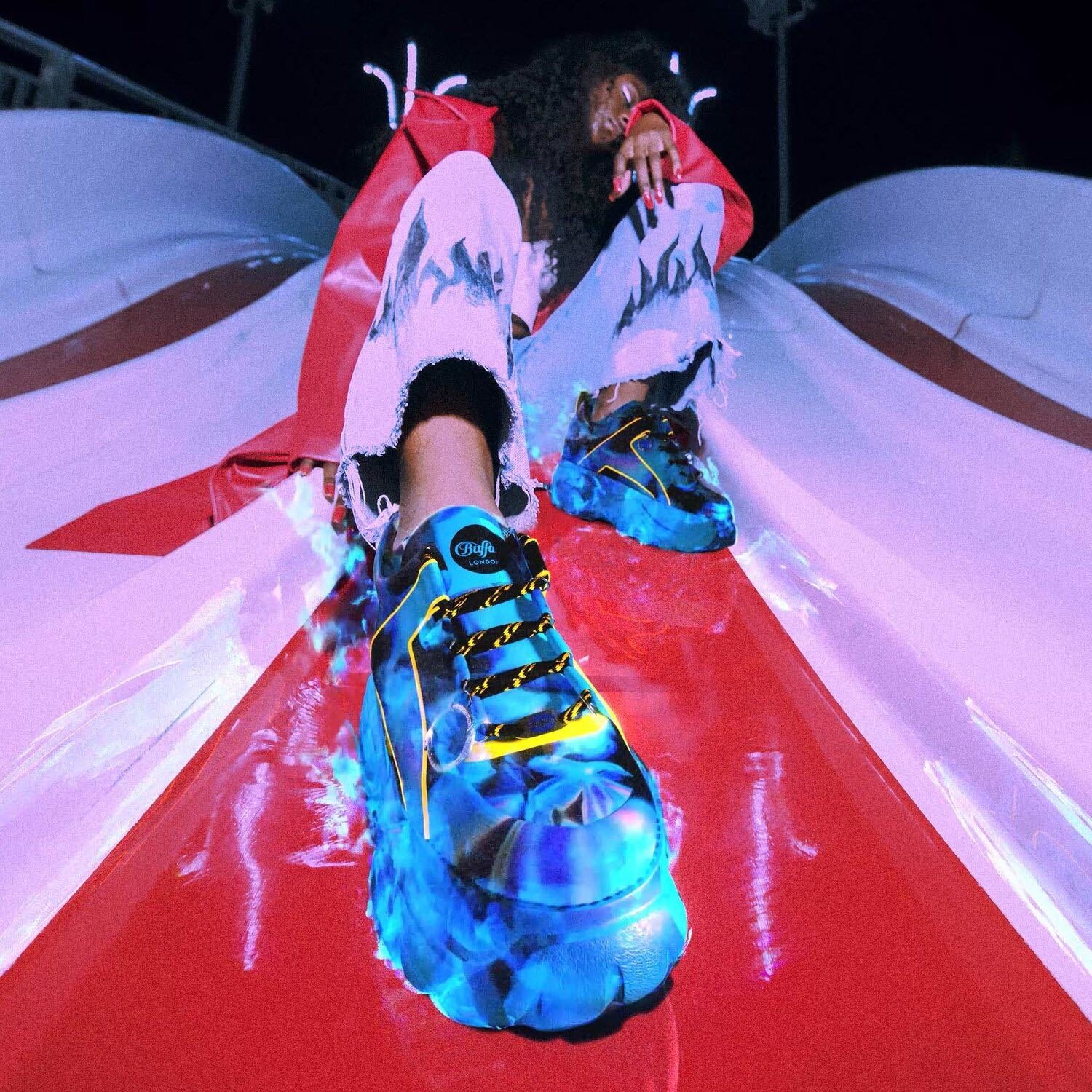
I am both excited and trepid about the future – we have a lot to iron out, or cast out entirely, in the physical world; let alone experimenting digitally. With this being said, I truly believe South Africa (and Africa at large) have an immense contribution to make to this realm – always with critical thinking, and an understanding that there tends to not be any magical solution – least not when it comes to currencies like crypto, secrecy as
actual money. But there is hope – and the kind of hope that is rooted in awareness, and a strong pursuit towards a fashion industry (local and global) that speaks closer to who we really are as human beings than the smoke and mirrors of capitalism’s illusions. I think there will need to be a beginner’s guide 2.0 in time – for now, see below for a cute resource list to further your thinking on digital fash-un.
RESOURCE LIST:
Watch this recent talk by SHOWstudio on digital fashion as the future of the industry.
Read this as an example of 3D technology used by designer Hannah Jewett for jewellery making.
Analyze the report by Normative on sustainability between Helsinki Fashion Week and its subsequent digitization.
Listen to this and learn how late fashion really is to the digital party, and why representation is the only way forward.

